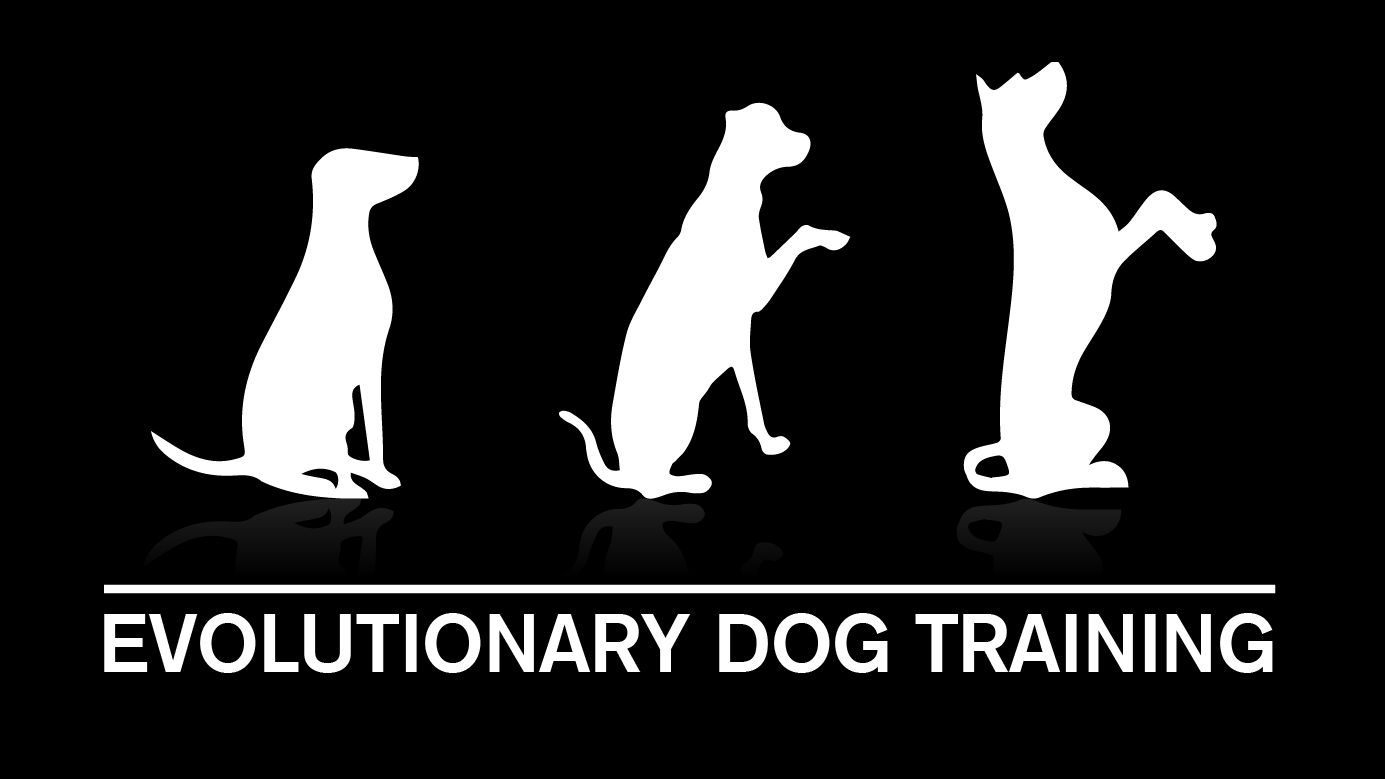I frequently get asked, “How do you feel about dog parks?” I wanted to address that question with some hints and recommendations to make sure your dog enjoys it’s visit to the dog park.
First of all, make sure your dog is fully vaccinated. Even having vaccinations cannot completely prevent your dog from becoming ill if they are spending time with unknown dogs. I want to say that I do not recommend dog parks for dogs under six months even if they have had all of their vaccinations. The action at a dog park is too quick for you to make sure nothing detrimental happens before you can intervene. It is too easy for a young puppy to have bad encounter with another dog that defines how it feels about other dogs from then on.
Remember dog play behavior is just practice for how your dog will behave in other situations. So even play can create a negative experience for your dog. Especially if your dog is being bullied or is a bully. Supervise your dog. Do not just assume the dogs will work it out. If your dog is being chased relentlessly or is hiding near you, it’s time to go. In true dog play situations, each dog will get a chance to be “top dog.” If one dog seems to be continuously assuming the role of leader, by standing over all other dogs it encounters, that dog is probably a bully. That behavior should be immediately interrupted.
Do not allow your dog to drag you to the dog park. First, a dog that is pulling on leash toward other dogs is building it’s arousal level because of the tension it feels on the leash. This can lead to frustration and reactivity toward the other dogs when it finally reaches its destination. Also, the dog park can be wonderfully rewarding experience for your dog. So what are you rewarding if you let your dog drag you into the park? You guessed it– pulling on leash! You have now created an occasion when it is perfectly acceptable to pull on leash. You are also missing a perfect training opportunity. If your dog starts pulling you toward the park, quickly turn to head home or back to the car. Don’t jerk; just turn and go. When your dog is back in step with you, turn back toward the park. If your dog pulls again, repeat the u-turn maneuver as many times as it takes for your dog to realize that it is its own behavior that is keeping it from the park. If it seems to be taking too many attempts (there is no such thing; “as many as it takes” means just that), go for a walk instead. But do not go into the park if your dog is pulling.
Don’t bring food or toys to the dog park. They can cause resource guarding issues. Dogs are frequently running full speed in the park, chasing and fetching and having fun, often in pairs or groups. They can’t always avoid running into stuff and people. Small children should also not be allowed to be inside the dog park.There is often body language miscommunication between children and dogs that can lead to dog bites. No matter how dog-savvy the child is, some dogs just do not enjoy the company of children. It is unfair to put a child into such an unsafe situation. And it doesn’t matter how provocative the child was, if he gets bitten, it will always be the dog’s fault.
Supervise your dog at all times. The dog park is not just a place where owners socialize while dogs run amok fending for themselves. Make yourself familiar with dog body language. Just because your dog isn’t getting into dog fights does not mean your dog is having a good time. And I cannot stress enough, just because dogs are wagging their tails when they meet, does not mean they’re not about to fight. A dog’s tail is not its only moving part. Look at the whole dog for signs of how that interaction is going.
I recommend your dog wear nothing at all or a close fitting buckle collar. Your dog should definitely not be wearing a leash, choke or prong collar. Have you seen how dogs love to mouth each other on the neck? Well, that behavior coupled with rambunctious play has led to jaws and paws being caught in each others collars causing misunderstandings, serious injury and even death. Leashes can also lead to unsafe situations. A tight or tangled leash can cause tension and defensive behavior. A dog that is on-leash surrounded by dogs that are off-leash can feel very vulnerable and react aggressively.
The off-leash dog park is really not the best form of exercise. It is a good way for social, friendly dogs to burn some energy. But a good long walk is still one of the best ways to exercise your dog because it provides mental stimulation in the form of information-gathering (sniffing) as well as physical exertion. Dog training classes also provide plenty of mental stimulation, especially tricks and dog sports like agility and Rally Obedience. Socializing a dog should be a closely supervised activity that teaches your dog appropriate behaviors around other dogs and people. The dog park can be fun for your dog but make sure you check with your dog to make sure it is.

